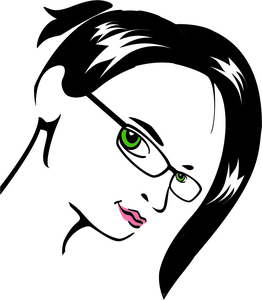26863782
1. What You See Isn't What Your Brain Gets
Beschreibung
Keine Merkmale angegeben
Karteikarten von Tasha Frisbee, aktualisiert more than 1 year ago
Mehr
Weniger

|
Erstellt von Tasha Frisbee
vor etwa 4 Jahre
|
|
Zusammenfassung der Ressource
| Frage | Antworten |
| True or False Your eyes send information to your brain where it is processed and returns a realistic representation of what is there. | False Your brain creates shortcuts to process an estimated 40 million sensory inputs every second. It uses rule of thumb that's based on past experiences to make guesses of what you're actually seeing. |
| What do you see? Do you see a white triangle on top of another triangle? Do you see a rectangle? | The Kanizsa figures, developed by Italian psychologist Gaetano Kanizsa in 1955, are prime examples of how your brain is processing what is actually there as something else. There are no triangles or rectangle, just lines with gaps in them and circles that look like pacman. |
| What phrases do you read from each of these images? | The use of shapes and colors can influence what people see, causing them to see different things first. |
| Which line is longer? | Both lines are the same length. An optical illusion represents how the brain can misinterpret what the eyes are seeing. This is one of the oldest optical illusions known, created by Franz Muller-Lyer in 1889. |
| True or False If you don't focus on the area you want to see in low light, you'll see it better. | True There are 7 million cones in the eye that are sensitive to bright light and 125 million rods that are sensitive to low light. Since the cones are in the central area of vision and the rods are not, you'll see better in the area you aren't focusing on. |
| True or False We see objects as three dimensional. | False When we see, light enters our eyes through the cornea and lens. The lens focuses an image onto our retina and it is always a two dimensional image. The visual cortex in the brain is what associates the image with what it is through pattern recognition. |
| John Medina (2009) concluded that the brain's visual cortex is where up to 12 tracks of information is sent and different regions process it. Each region reacts to one thing, such as motion, color, edges, lines that are tilted to 40 degress, etc. | All of this data is combined into just two tracks. One for if the object is moving and one for location, or where the object is in relation to the person. |
Möchten Sie mit GoConqr kostenlos Ihre eigenen Karteikarten erstellen? Mehr erfahren.
